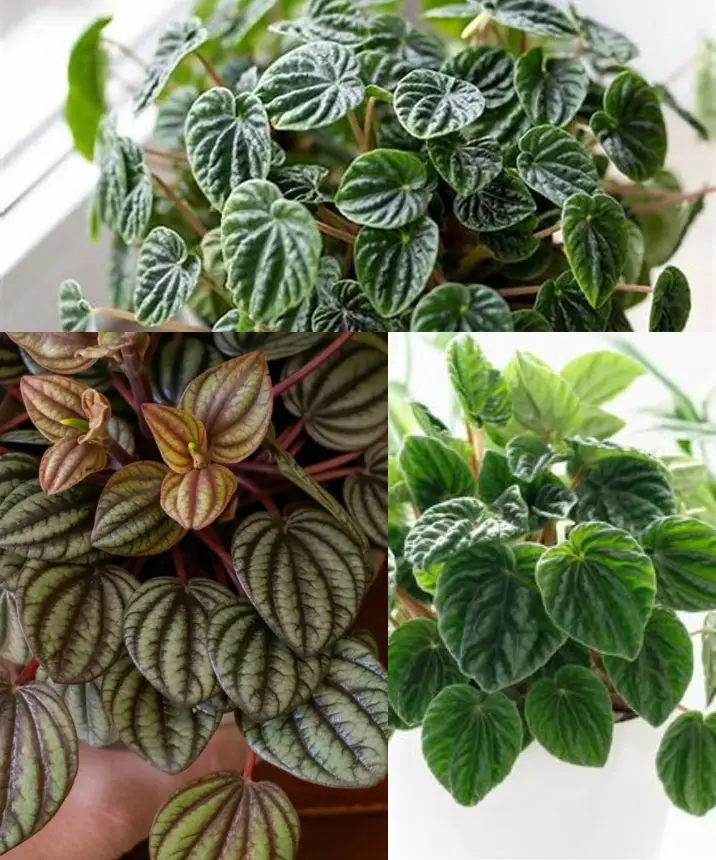“Introduction: Whether you’re a new parent to a peperomia or just curious about these quirky plants, here are seven essential pieces of information to help you raise them as indoor plants. Keeping a plant alive is one thing; making it thrive is another. Let’s dive into the fascinating world of peperomias!
A Quick Guide on Peperomias:
Varieties: About 40 commercially available and over 1,000 worldwide.
Origin: Central and South America.
Appearance: Varied, from robust waxy leaves to delicate and shiny ones.
Growth: Compact and diverse, ideal for small spaces.
- Low Light? No Problem:
Light Preferences: Prefers bright, indirect light; some varieties tolerate low light.
Adaptability: Suitable for north-facing rooms with less sunlight.
Caution: If the plant becomes leggy, consider moving it closer to a window or using a small grow light.
- Bizarre and Charming ‘Flowers’:
Floral Features: Unique green, yellow, or white inflorescence spikes.
Personal Experience: Flowers may resemble ‘funny rat tails’ with distinct visual appeal.
Maintenance: Trim or leave the flowers, but prune if they start sagging to avoid a powdery pollen mess.
- Peperomia Propagation is Super Easy:
Propagation Method: Use leaf cuttings for a new cute plant.
Materials: Light potting mix or starter mix, small pot, and rooting hormone.
Process: Dip the leaf in rooting hormone and plant it in moist soil mix; cover with clear plastic until new shoots appear.
- Your Dog Loves Peperomias, So Does Your Cat:
Pet Safety: Non-toxic to cats and dogs, making them safe and interesting indoor plants.
- Tiny Root Systems:
Root Features: Few or no root systems; can be epiphytes, lithophytes, or geophytes.
Concerns: Prone to root rot due to their small roots; use well-draining soil and let it dry between waterings.
Pest Alert: Watch out for gnats in excessively damp soil.
- Bring Your Peperomia Out:
Outdoor Stay: Enjoy the outdoors when temperatures stay above 55°F.
Sun Protection: Filtered sunlight to avoid sunburn.
Precautions: Check for outdoor pests before bringing them back inside.
- No Fertilizer? No Problem:
Feeding Needs: Minimal maintenance; skip fertilizer or feed sparingly a few times a year.
Growth Goals: Monthly balanced fertilizer for bushier or faster growth.
Conclusion: Peperomias are fascinating and diverse plants, offering a variety of options for every plant enthusiast. Armed with this knowledge, you’re ready to explore and care for your peperomia collection.”
